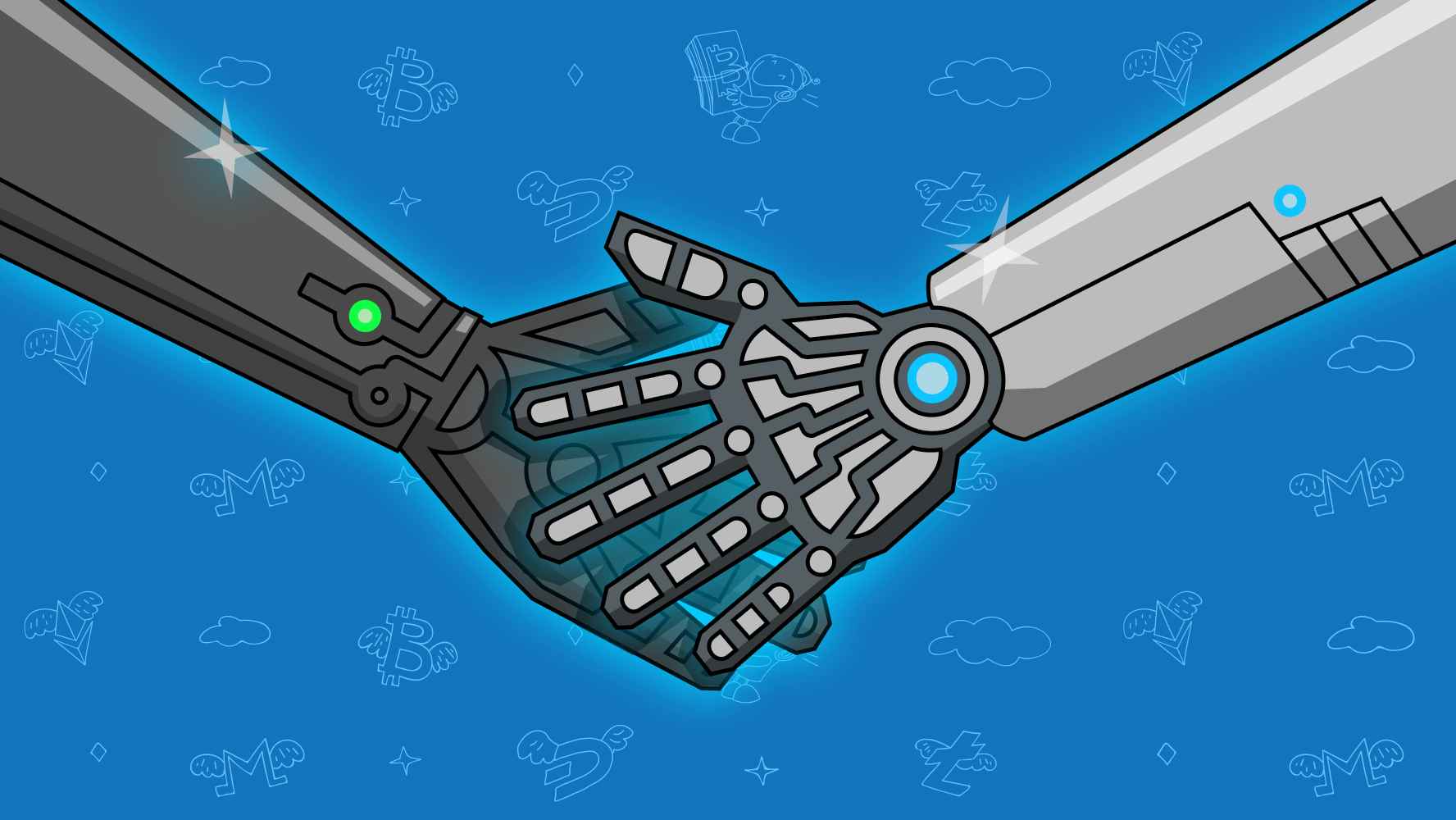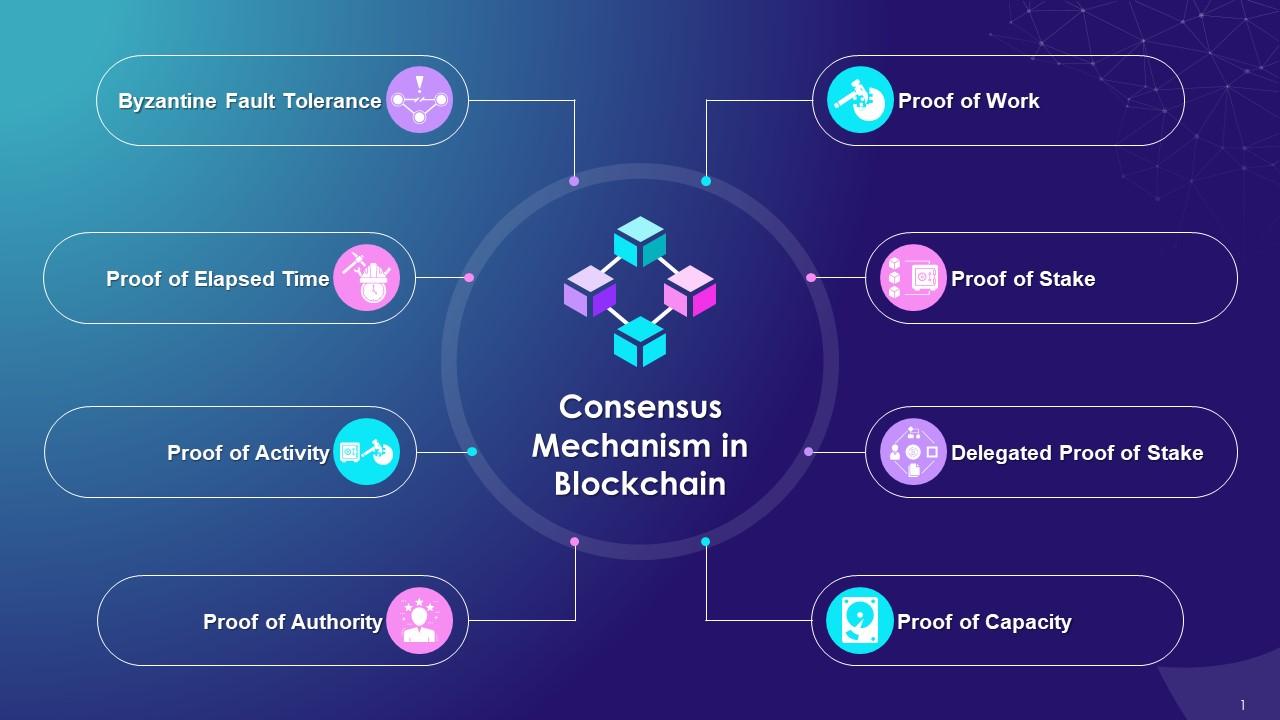The impact of future consensus mechanisms on scalability and security is set to reshape blockchain technology. As we seek the perfect balance between speed and safety, evolving consensus models will influence everything from crypto transactions to digital interactions. Let’s dive into how these innovations will transform the blockchain landscape.
The Evolution of Blockchain Consensus Mechanisms: Enhancing Scalability and Security
As blockchain technology continues to evolve, one of the most critical factors determining its future success lies in the impact of future consensus mechanisms on scalability and security. Early blockchain systems, such as Bitcoin, relied on Proof of Work (PoW), a method that secures the network but comes at a steep cost in terms of speed and energy consumption. As blockchain networks grow and become more complex, the need for more efficient, scalable, and secure consensus protocols has never been more urgent.
In this article, we will explore how the next generation of consensus mechanisms is reshaping blockchain efficiency, from Proof of Stake (PoS) to cutting-edge algorithms, and the profound implications these advancements have for scalability and security.
From Proof of Work to Proof of Stake: A Leap Forward in Efficiency
Blockchain began its journey with Proof of Work (PoW), a consensus mechanism where miners race to solve complex cryptographic puzzles. The first miner to solve the puzzle gets to add a block to the blockchain and is rewarded with cryptocurrency. While PoW provides robust security, it requires significant computational power, leading to high energy consumption and slower transaction speeds as the network scales.
However, the impact of future consensus mechanisms on scalability and security has led to the development of more energy-efficient alternatives. The most prominent of these is Proof of Stake (PoS), which replaces the computational puzzle with a mechanism where validators (instead of miners) are chosen to create new blocks based on the amount of cryptocurrency they “stake” as collateral. The more cryptocurrency a participant locks up, the greater their chances of being selected to validate transactions.
Proof of Stake brings several benefits. It reduces the energy consumption associated with PoW and offers improved scalability by allowing the network to handle a larger volume of transactions. It also enhances security, as tampering with the blockchain would require acquiring a majority of staked tokens, making malicious attacks more difficult and costly.
Scaling Blockchain with Sharding and Layer-2 Solutions
As blockchain adoption grows, scalability becomes increasingly important. One major limitation of traditional blockchains is the ability to process a large number of transactions simultaneously. This bottleneck arises because, in systems like PoW and PoS, each node in the network must verify every transaction, which can result in delays and higher fees as the blockchain becomes more congested.
To address this, sharding has emerged as a powerful solution. Sharding involves breaking the blockchain into smaller, more manageable pieces, or “shards”, each capable of processing its own transactions independently. This method allows for parallel processing, increasing throughput and reducing congestion. Sharding not only improves transaction speeds but also contributes to security, as it decentralizes the verification process, making it harder for malicious actors to compromise the entire system.
Another approach to enhancing scalability is the use of Layer-2 solutions. These protocols sit on top of existing blockchains and handle transactions off-chain, then settle the results back onto the main chain. Technologies like Lightning Network (for Bitcoin) and Optimistic Rollups (for Ethereum) are examples of Layer-2 solutions that can significantly improve transaction throughput, enabling blockchains to process a higher volume of transactions without overloading the base layer.
Strengthening Blockchain Security: Byzantine Fault Tolerance and Zero-Knowledge Proofs
As blockchain networks become larger and more complex, maintaining security is paramount. Traditional consensus mechanisms such as PoW are designed to be resistant to attacks, but emerging technologies are taking blockchain security to the next level.
Byzantine Fault Tolerance (BFT) is one such breakthrough. In BFT, even if some nodes in the system are compromised or malfunctioning, the network can still reach consensus and maintain its integrity. This is crucial for the resilience of decentralized systems, ensuring that blockchain networks can continue to function smoothly even in the face of malicious actors or technical failures.
Another promising technology is Zero-Knowledge Proofs (ZKPs). ZKPs allow one party to prove that they know a piece of information (e.g., a password or private key) without revealing the information itself. This enhances privacy and security by ensuring sensitive data is not exposed during transactions. For instance, ZKPs can be used to confirm that a user has enough funds to make a transaction, without disclosing their actual balance, thus protecting user privacy while ensuring trust in the system.
These advanced security measures are crucial for the impact of future consensus mechanisms on scalability and security, as they provide a layered approach to ensuring the blockchain is both robust and private, helping to build trust with users and developers alike.
Achieving Cross-Chain Communication and Hybrid Consensus Models
Interoperability between blockchains is another challenge that is increasingly being addressed by novel consensus mechanisms. Cross-chain communication enables different blockchain networks to exchange data and assets seamlessly. This allows users to transfer assets between chains and interact with decentralized applications (dApps) across multiple platforms, vastly improving the overall efficiency of blockchain ecosystems.
For example, a blockchain built on Proof of Stake might want to interact with a Proof of Work chain, or a blockchain optimized for financial transactions might need to work with one optimized for smart contracts. Cross-chain technologies like Atomic Swaps and Blockchain Bridges facilitate these interactions, creating a more interconnected and scalable blockchain world.
In addition to interoperability, hybrid consensus mechanisms are also emerging. These models combine the benefits of multiple consensus protocols to achieve higher scalability, security, and flexibility. For instance, some hybrid models combine Proof of Work for security with Proof of Stake for scalability. This approach leverages the strengths of both systems, ensuring that blockchain networks can maintain high levels of security while improving transaction speeds and reducing environmental impact.
The Role of DAG Networks and Emerging Technologies
Another innovation in blockchain scalability and speed is the Directed Acyclic Graph (DAG). Unlike traditional blockchains that process transactions sequentially, DAGs allow transactions to be processed concurrently, which can significantly speed up the network. This structure is especially useful in high-throughput environments, where many transactions need to be processed simultaneously.
In addition to DAGs, Layer-2 solutions and sharding are also being explored to further improve blockchain performance. The combination of these technologies can help create a system where high transaction throughput is achievable without compromising security or decentralization.
Preparing for the Future: Quantum Resistance and Eco-Friendly Blockchains
As blockchain technology continues to advance, the future holds even more exciting challenges and opportunities. One of the most pressing concerns is the potential threat posed by quantum computing. Quantum computers could potentially break many of the cryptographic algorithms currently used to secure blockchain networks. In response, blockchain developers are working on quantum-resistant algorithms that will be much harder for quantum machines to crack. This is a critical area of research, as it ensures that blockchain systems remain secure in the face of future technological advancements.
Additionally, the environmental impact of blockchain technology is being actively addressed. Proof of Stake, for example, significantly reduces energy consumption compared to Proof of Work, making it a more sustainable choice for the future. As environmental concerns grow, the demand for energy-efficient blockchain protocols will only increase, driving the development of greener technologies within the blockchain space.
The impact of future consensus mechanisms on scalability and security
The impact of future consensus mechanisms on scalability and security cannot be overstated. As blockchain networks grow and evolve, innovations like Proof of Stake, sharding, Zero-Knowledge Proofs, and hybrid consensus models are playing a crucial role in enhancing both the speed and security of blockchain systems.
With these advancements, blockchain is poised to become faster, more scalable, and more secure, unlocking new possibilities for decentralized applications and digital finance. The integration of cross-chain communication, quantum-resistant algorithms, and environmentally sustainable practices will ensure that blockchain remains relevant and effective in the years to come.
By embracing these new technologies and continuously pushing the boundaries of innovation, the blockchain industry is laying the foundation for a more secure, efficient, and interconnected digital future.
Fuel Your Curiosity! Discover more about how blockchain is changing industries at Blockchain Global Network!



RELATED POSTS
Role of Blockchain Security Audits: Your Crypto Safe Haven?
Enhance Blockchain Security with Audits....
What is the purpose of blockchain technology?
What is the purpose of...
Security Testing Providers for Blockchains: Who’s Guarding Your Digital Gold?
The Critical Role of Blockchain...
On-Chain Essentials: Unraveling the Backbone of Blockchain Technology
Dive deep into on-chain transactions,...
Is Ledger open source? 95% of Ledger’s software is open source
Wondering “Is Ledger open source?”...
What is a Bullish Run? Exploring Its Impact on Investment Strategies
What is a Bullish Run?...
Cryptocurrencies and Digital Payments: Revolutionizing Modern Transactions
Understanding cryptocurrency transactions and blockchain...
ChillGuy Airdrop – A Golden Crypto Opportunity from TikTok Effects
The ChillGuy Airdrop is an...
What is DAG Blockchain? Understanding how it works
DAG Blockchain has become increasingly...
What are the best crypto wallets?
Wondering what are the best...
Hot Wallets vs Cold Wallets: Securing Your Crypto Fortress
Secure your cryptocurrency with hot...
Student Data Portability: How Blockchain Revolutionizes Academic Credentials
Empower students with data ownership...
The Benefits of Blockchain for Consumers: Transforming online shopping experiences
Revolutionize retail and e-commerce with...
dGEN1 Airdrop: Explore the opportunity to receive free Tokens
Discover the dGEN1 Airdrop, an...
D8X Airdrop – Opportunity to Receive Free WEETH and STUSD
Join the D8X Airdrop now...
Converting 900 MATIC to USD: Current Rates and Simple Calculations
Curious about the current value...